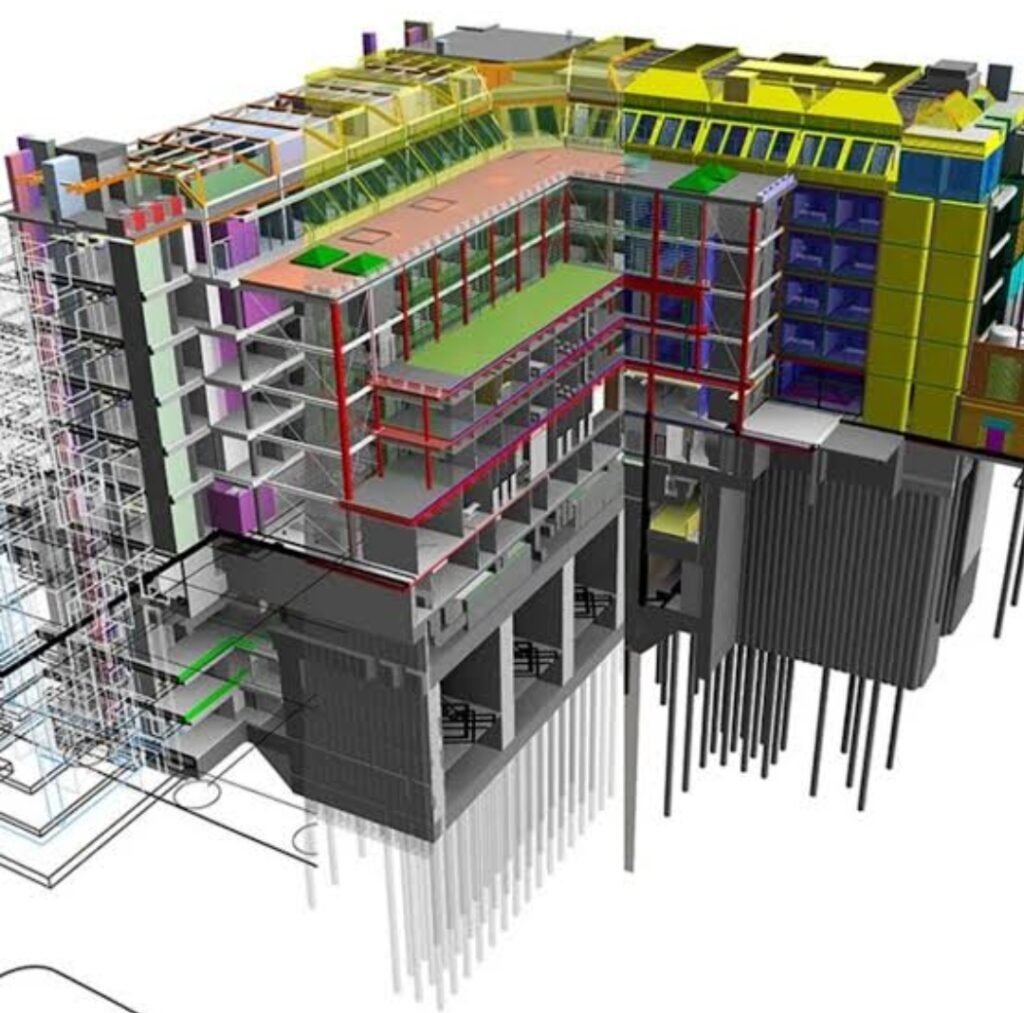With climate change causing more disasters, the building manufacturer needs to find new ways to back up quickly and make buildings stronger. Building Information Modeling BIM was stepping up to help. Disaster Resilience brings a lot of info and helps everyone work smoothly, making it a big help in making buildings tougher and recovering quicker after disasters.
This Blog talks about how Electrical Takeoff Services could make a residue in these authorized areas, showing what is good about it, what is tricky, and what is coming next.
Understanding BIM
Building Information Modeling BIM is like an appendage twin of a building. It holds all the info about what the building looks like and how it works. This info helps make smart decisions about the building from the start to when it is done.
BIM includes things like the building’s shape, where things were located inside, info about the area most of it, and details about what it is made of. Everyone involved in the learning can use this info to work unitedly, meliorate and make sure everything is right.
Disaster Resilience in Construction
What is Disaster Resilience?
Disaster resilience in building means making buildings and bases alcoholic enough to deal with things like earthquakes, hurricanes, floods, and fires. It’s about building things that could take a hit, keep people safe, and keep working even after a disaster.
Why Resilience Matters
With climate exchange making disasters happen more often and harder, having alcoholic buildings was super important. Resilient buildings do not just save lives and money—they also help communities stay alcoholic and get back on their feet quicker after a disaster. They keep things running even when things go awry, which was authorized for keeping communities going.
The Role of BIM in Enhancing Disaster Resilience
- Risk Assessment and Management: BIM helps prognosticate how buildings handle disasters before they are even built. Architects and engineers can use it to find weak spots and fix them before the building starts.
- Design Optimization: With BIM as well as designers could make buildings stronger and safer. They could plan for things like earthquakes or floods and use materials that could deal with them better.
- Enhanced Collaboration and Communication: BIM gets everyone working together, from designers to emergency responders. This helps make sure everyone is thinking about resilience from the start and makes buildings safer.
- Regulatory Compliance: BIM helps make sure buildings suggest all the rules for being safe during disasters. It checks designs to make sure they meet the codes and standards set by the government.
- Lifecycle Management: BIM did not stop once the building was done. It helps keep an eye on buildings as they get older too. Facility managers can use it to keep track of how the building is doing and fix things before they fix a problem.
BIM in Disaster Recovery
- Damage Assessment: Commercial Construction Estimating Services helps quickly figure out how badly a building has been hurt after a disaster. Using detailed appendage models and info from drones, experts could see incisively what was being damaged and how bad it was.
- Repair and Reconstruction Planning: BIM helps plan how to fix things after a disaster. By trying out clear-cut ways to remediable buildings, teams could find the best and cheapest options. BIM also helps organize the work so repairs come fast and in the right order.
- Documentation and Insurance Claims: BIM keeps a detailed mark of what buildings looked like before a disaster. This helps with indemnity claims, making sure people get the right sum of money for what they lost. It also tracks the repairs, so everything is clear and fair.
- Community Resilience: BIM did not just help one building—it could help whole communities bounce back after disasters. By looking at lots of buildings and bases together, BIM helps plan how to get things working again, like roads, power, and hospitals, making sure everyone is safe and back on their feet faster.
Challenges and Considerations
- Data Integration and Interoperability: Making sure all the info in BIM works unitedly could be hard. Everyone needs to agree on how to share and use the info, which means using the same rules and standards.
- Cost and Training: BIM could cost a lot at first, and it takes time to learn how to use it. Small building companies might have found it hard to pay for everything. They need good training and concentration to use BIM well.
- Data Security and Privacy: BIM collected a lot of info about buildings and people. Keeping this info safe from hackers was important, particularly for authorized buildings and authorities.
- Change Management: Using Commercial Estimating Services means changing how things are done. People need to be okay with this and learn how to work unitedly in new ways. Good plans for dealing with the exchange are authorized to make sure everything goes smoothly.
Conclusion
Building Information Modeling BIM is changing buildings by helping us get ready for disasters and bounce back quicker when they happen. BIM puts all the authorized info in one place, helps everyone work together, and makes designing and fixing buildings easier.
Even though there are some challenges like getting all the data to work unitedly and keeping everything safe from hackers, BIM could do a lot of good. As buildings keep changing, using BIM along with new tech and rules will make buildings safer and stronger, so we can keep going even when things get tough.
